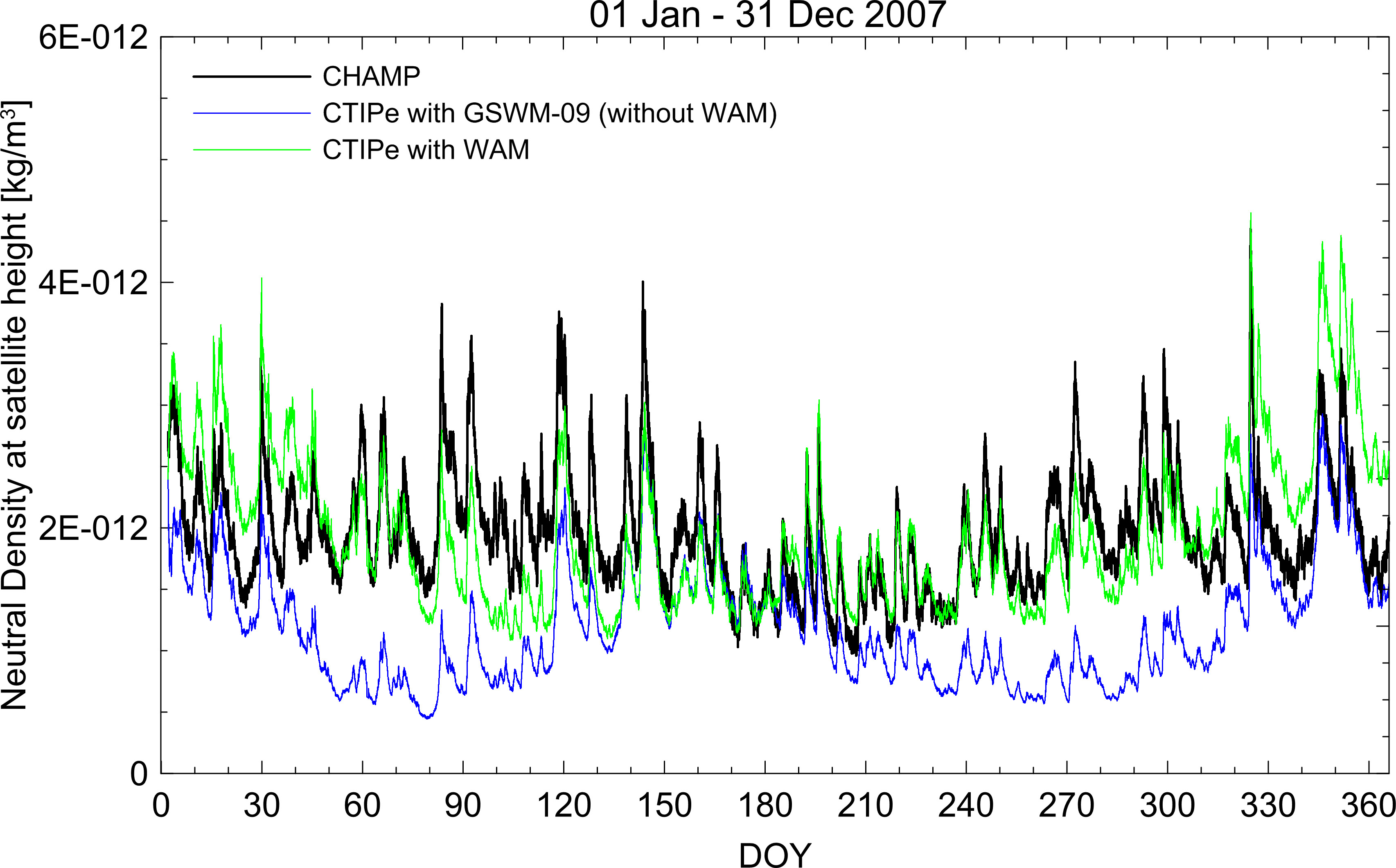Timothy J. Fuller-Rowell

Ph.D. University College, London, 1981
Senior Research Associate, CIRES
Space Weather Prediction Center
E-mail: tim.fuller-rowell@noaa.gov
Office: David Skaggs Research Center GC114
Phone: 303-497-6872
Research Interests
The dynamics, energetics, chemistry, and electrodynamics of the thermosphere and ionosphere.
Current Research Projects: How waves from the lower atmosphere drive space weather
CIRES’ broad sphere of science also includes “space weather.” The term “space weather” refers to the variable conditions on the Sun, throughout space, and in Earth’s magnetic field and upper atmosphere that can influence the performance of space-borne and ground-based technological systems. Near Earth, space weather impacts satellite drag and orbit prediction, as well as communication and navigation systems, which in extreme cases can endanger human life.
The Atmosphere-Ionosphere Modeling (AIM) Group in CIRES targets the near-Earth response to solar variability, and also investigates the connections between terrestrial weather and space weather. When the Sun is active, the impact of solar variability, such as flares or coronal mass ejections, dominates space weather. Recently we have become increasingly aware of the impact of lower-atmospheric processes on space weather: A whole spectrum of waves is continually bombarding the upper atmosphere, and they originate from tropospheric convection, absorption of radiation by ozone and water vapor, sudden stratospheric warmings, jet stream adjustment, and ocean waves. To quantify the impact of this lower-atmosphere spectrum of waves, we have been working with our NOAA partners to build a whole atmosphere model (WAM). WAM can now simulate a large part of this neutral atmosphere wave spectrum.

Variation of orbit-averaged neutral density near 400 km altitude from observations on the German CHAMP satellite (shown in black) during 2007. Simulation using an upper atmosphere model by itself (shown in blue) falls short of predicting the density during both equinoxes. When the spectrum of waves from WAM is used to drive the upper atmosphere (shown in green), the semi-annual variation is captured, and orbit prediction is improved. Figure courtesy of Mariangel Fedrizzi

